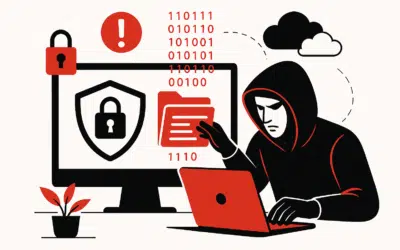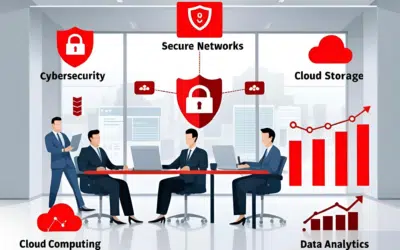The holidays are just around the corner, and that means many of us will be making online purchases to avoid crowded places and busy mall traffic, especially during Black Friday and Cyber Monday. Sometimes it even saves to shop online. While online shopping has made our lives easier, it also exposes new weaknesses with the private information we use to make those purchases.
If you plan to do any online shopping this year, it’s important to know how to identify a secure online vendor. The best way to protect yourself and others from cyber criminals is to be proactive about the security features available and get to how they work.
Why Protect Yourself
Whether you know it or not, you’ve already benefited from security features developed to protect personal data like passwords, usernames, and credit card numbers. Websites designed by financial institutions, insurance companies, and government agencies like the DMV all contain sophisticated security features to help keep your private information safe from cyber espionage.
Most of us never even think about checking the online security status of a preferred online vendor—and that’s because nowadays most of us take online security for granted. However, cyber attackers are more sophisticated today than ever before. In 2014, online scams shared by friends on social media increased by 70 percent.
Online threats are not limited to large corporations—anyone can be a victim. For this reason, it’s important to know what to look for to ensure a safe online shopping experience.
Online Shopping Security Features Customers Should Seek
Unless you know what to look for, you won’t be able to identify the security features of online vendors. In particular, you should be looking for an SSL Certification, which you can verify that in a few ways:
[list style=”bullet”][li]Look for visual cues indicating security, such as a lock symbol and green color in the address bar.[/li][li]To make it easy to tell the difference, Norton has created a free tool. You simply paste a URL directly into the tool and it will tell you how safe a site is.[/li][li]Look for the addition of an ‘S’ to the ‘https://’ at the beginning of a vendor’s URL. HTTPS stands for Hypertext Transfer Protocol Secure. The added ‘S’ just means that the site is making a secure connection.[/li][/list]
Other Ways To Stay Secure
While you’re shopping on a website, some of these security features may not be present. Here are some other tips on how to stay protected while spreading the holiday cheer:
[list style=”bullet”][li]Don’t click on unexpected emails or links to “deals” that seem to good to be true.[/li][li]Use the latest, updated version of your internet browser to avoid security holes, which are other ways malware can be snuck in.[/li][li]Check to ensure your purchases and transactions are taking place on a secure site using the tips mentioned above.[/li][li]Use a comprehensive Internet security solution such as Norton Security and ensure that it is always up to date.[/li][li]You may not know it right away if a criminal has gotten a hold of your financial information. You can be proactive by closely monitoring all of your financial accounts, and signing up for text or email alerts if the institution offers them.[/li][/list]
Shopping online is easy and convenient, provided that you’re vigilant about online security. If you don’t see any of the above security features on a vendor’s website, it would be wise to look elsewhere for the product or service you desire. Checking with organizations like the Better Business Bureau (BBB) can also help weed out poorly managed online shopping sites.








